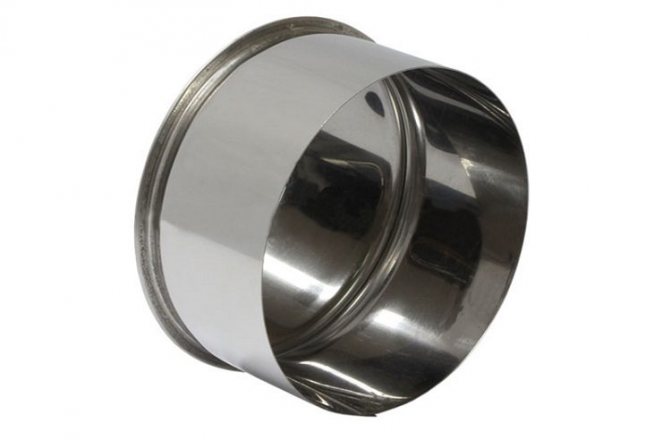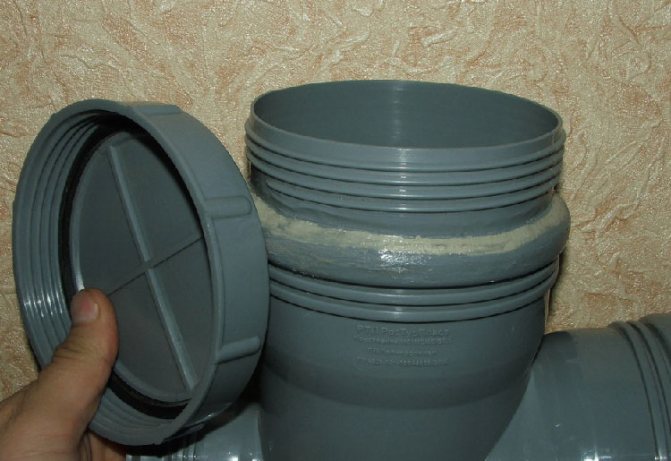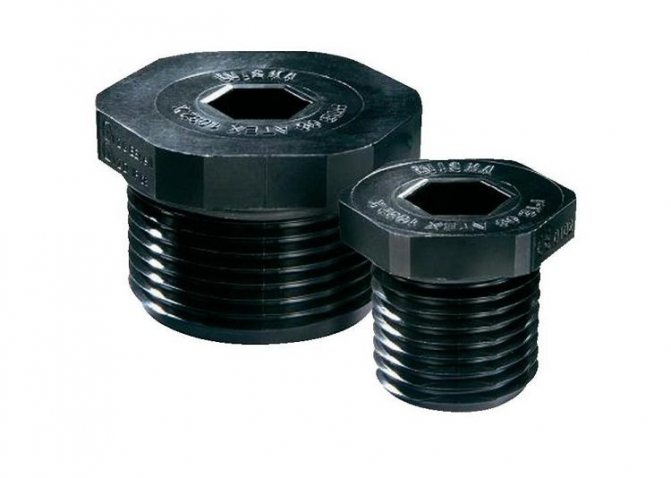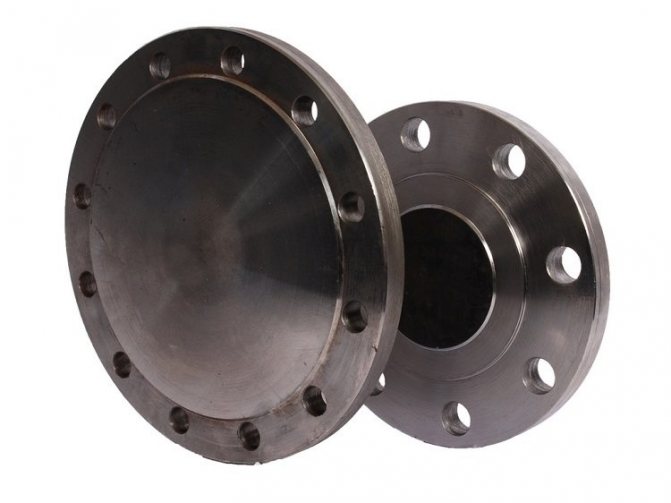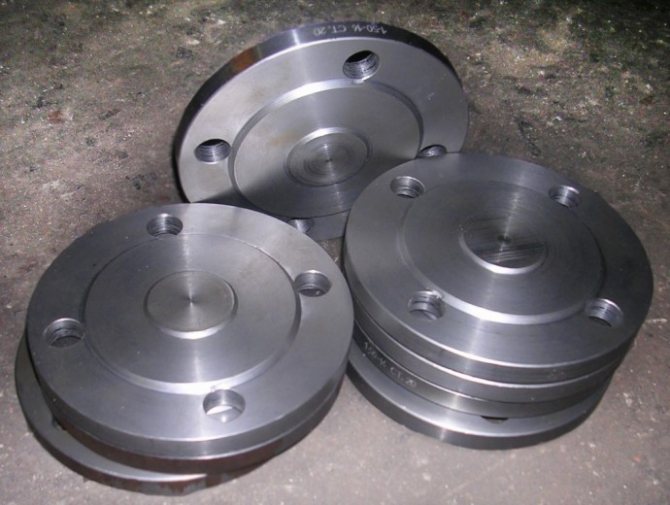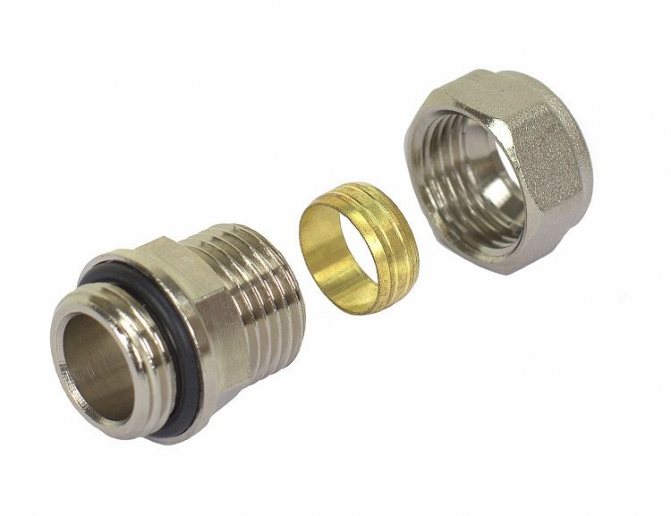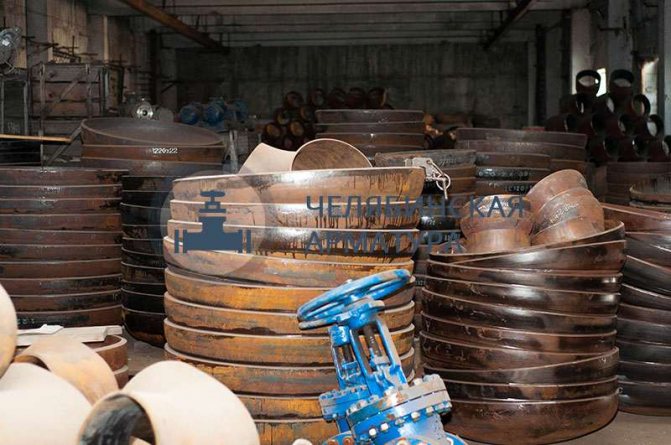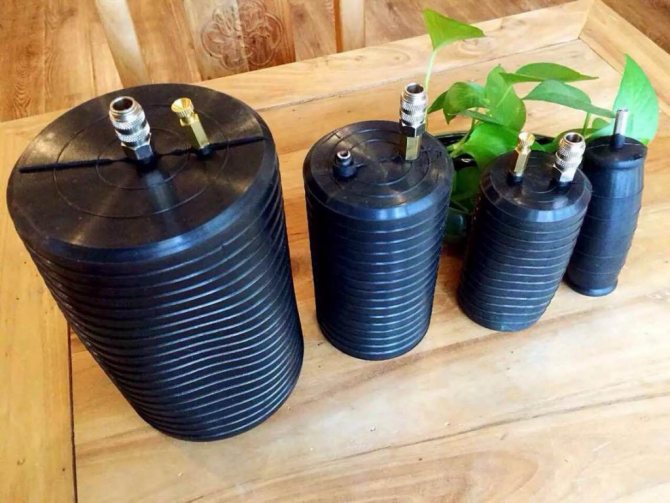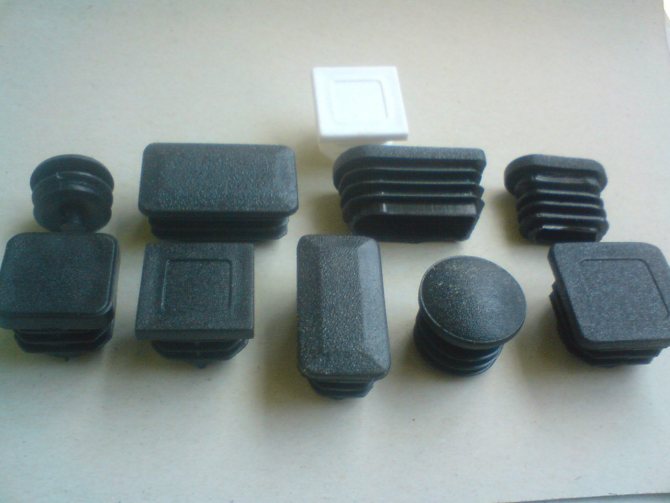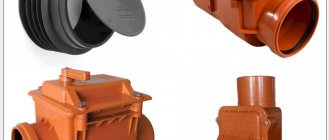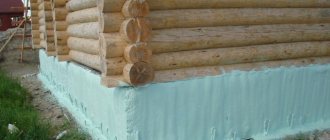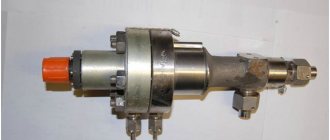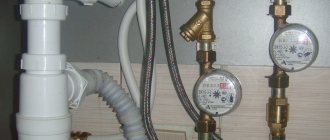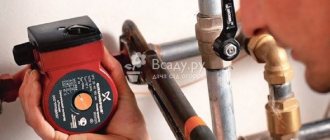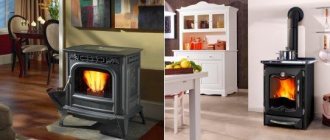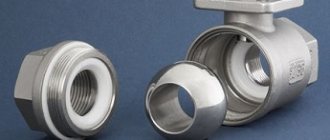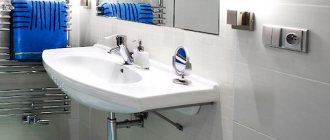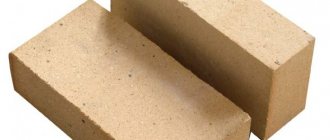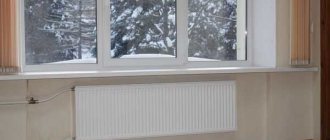Purpose and principle of operation

Plugs shut off the water supply at a certain section of the water supply
A plug is called a special fitting, with which you can shut off the water supply in the system at a certain section of it. The element has the shape of a circle or square. The latter are rarely used for plumbing.
The plug is used for the following purposes and in the following situations:
- Protection of the inner part of the pipe from moisture and dirt, penetration of rodents, insects. This option is observed when installing fence posts from round / square tubes.
- Jamming a plastic water pipe or a sewer metal / polymer pipe at the time of repair plumbing work in the system (installation / dismantling of its individual elements).
- Protection of tubes from the ends at the time of their transportation.
To plug the gas pipeline, special flange plugs are used. They are subject to repeated assembly / disassembly.
Any plug works on the principle of complete sealing of the pipe opening. It is a kind of cork. If it is necessary to lengthen the system (sewer, gas or water supply), the plug is simply removed from its place.
How to plug a water pipe
The procedure itself is simple, and if you have basic knowledge and skills in the repair and construction sector.
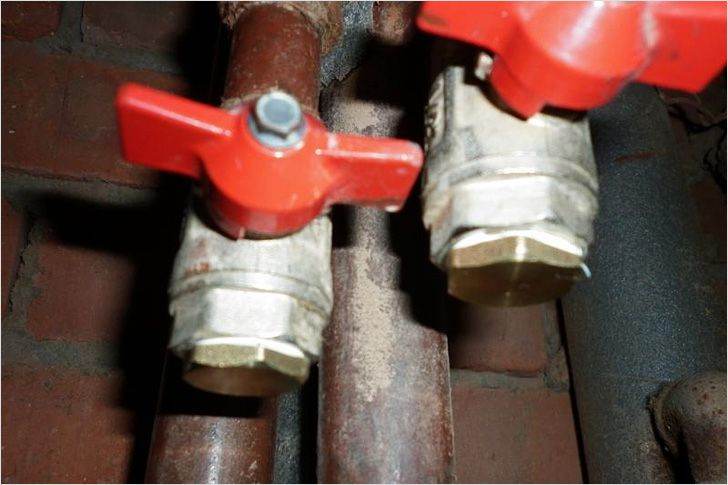

Those who have not encountered plumbing work should adhere to the following recommendations:
- Threaded connections are sealed with FUM tape. This is necessary for sealing.
- Before you plug the water pipe, you need to turn off the ball valve and cut it off from the supply system.
- It is necessary to use the welding machine in accordance with the safety requirements.
- If a blind flange is installed, the bolts must be sized to match the holes made.
A decorative cap works on the same principle as a conventional one, and therefore all requirements must be met during installation. The fitting technology differs depending on the pipeline materials.
Metal pipe
The metal differs in that it is possible to cut threads on such a pipe, apply welding (except for cast iron), install flanges, which means that any methods are applicable. You need to choose such that all the necessary tools are at hand. The plugs are made of different materials, and the choice depends on what kind of subpipe it is.


Cast iron pipe can be silenced with flange fittings. The welding machine is useless, threading will not work. In this case, the sealing is performed with cotton fiber. Steel is a more malleable metal, and all the methods that are not available in the case of cast iron can now be applied.
To muffle such a pipe, you can use:
- Metal spherical plugs. They are used for water pipelines, gas pipelines, oil pipelines.
- Flange devices. The cold water pipe is sealed with a rubber gasket, the hot one - with paronite.
- Pneumatic plugs. They are used to eliminate emergencies in production and in household supply systems.
- Decorative fittings. This is if the main task is not to maintain the pressure in the pipeline, but the appearance of the structure.
The last category includes plastic, rubber and metal products. With regard to copper pipes, it must be added that welding is possible, but the technology requires the use of special devices and materials. Copper is a soft metal.Threads can be cut, but be careful when tightening.
Plastic pipe
Technologically, measures for end sealing of plastic pipes are divided into two categories. The first includes methods that involve soldering or gluing a plug and a pipe. Installing the plug in this way means that it can only be cut off later. The second method is temporary and assumes the possibility of dismantling.
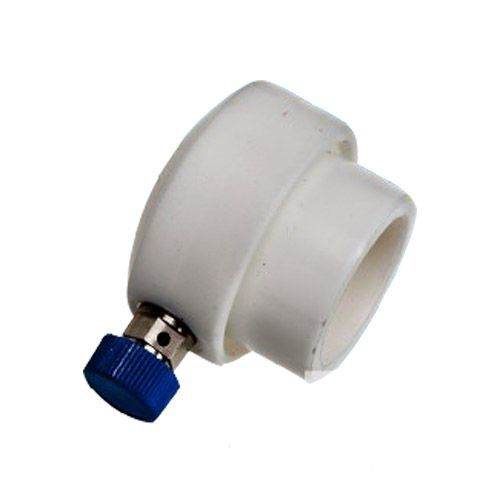

Plastic that is used without internal pressure can be plugged with decorative (eg rubber) fittings. When it is important to maintain tightness, adhesives are used. The choice depends on the type of plastic. Such pipes are not designed for high pressure. Therefore, if we are talking about a water pipe, it will rather be a polyethylene pipeline.
Polyethylene pipe
Sometimes it is necessary to urgently plug the pipeline. In this case, a special fitting with an internal thread is used, which is also made of polyethylene. You will need a die. With which an external thread is cut at the end of the pipe. The plug will need to be screwed onto it, but the connection is pre-sealed with an FUM tape.


Specialists for permanent plugs recommend only one way - welding. Polyethylene is soldered using a special apparatus that heats the contacting elements to a temperature where connections are not possible at the molecular level. It is impossible to accept such a plug. And if the time comes for depressurization, you will have to cut it off.
The technology involves the use of such a tool:
- hacksaw, grinder, etc .;
- deburring agents (rasps);
- cutting tool (knives);
- hermetic compounds (silicone);
- construction hair dryer;
- special welding machine.
In most cases, you can do the work yourself if you have all of the above at hand.
Types of plugs
All fittings used for damping pipes are classified by material of manufacture, installation method and type of construction. Products are made from the following materials:
- Metal (brass, steel, cast iron). Fittings have a high tensile strength, therefore they are widely used in public highways (gas and water supply, sewage). However, metal plugs are susceptible to corrosion. Chrome plated steel fittings are an exception. This material will not rust. Metal fittings also include a special plug for sealing. It has a special technical hole for the installation of a seal. As a result, it will be impossible for third parties to interfere with the system.
- Polymers. Plastic plugs are widely used in private construction. The material does not rust or wear out. Polymer fittings are deformed under the influence of high temperatures (sun, hot water from +85 degrees). Polyethylene fittings are used for the inner pipe plug.
- Rubber. The simplest type of element, used either for decorative purposes or exclusively in a private plumbing.
By design, muffling fittings are divided into the following types:
- Threaded. The simplest of all stubs. Simply screwed into or onto the pipe.
- Flanged. It is assumed that there are technical holes along the edge, into which the fastening bolts are driven. The flange plug is more often attached to the casing or gas pipe using reinforced hardware (nuts / bolts). If necessary, the fitting can be dismantled at the right time. As a rule, the flange element is made of metal.
- Pneumatic. Made of rubber. You can install such an element using a pump by injecting air into it. The fitting has a special fitting with a hose. Through it, air is injected and pumped out into the plug and back. Such an element can operate at temperatures from -40 to + 70 degrees.The peculiarity of a pneumatic fitting is that it hermetically closes the lumen of the pipe, regardless of the evenness of its inner walls.
- Elliptical. The installation is carried out using welding.
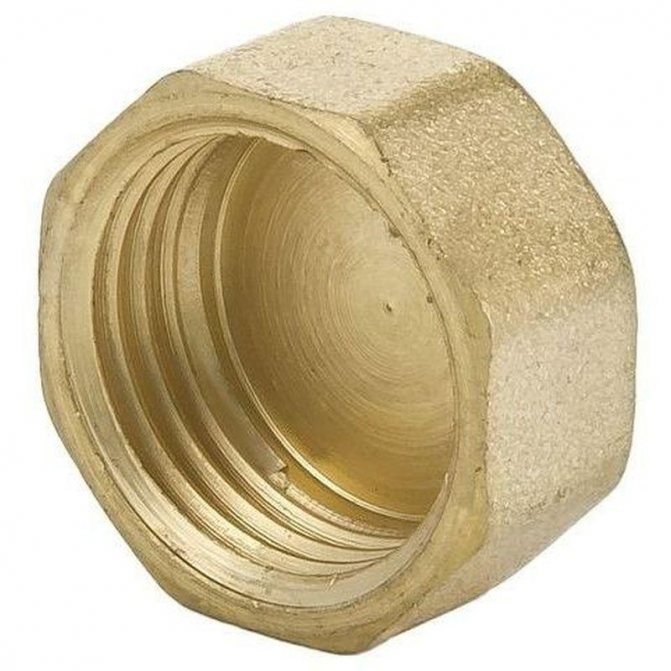

Threaded internal
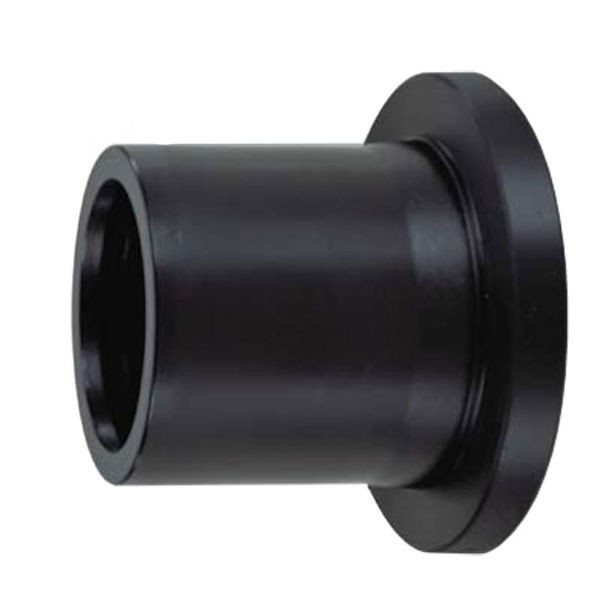

Flanged plastic
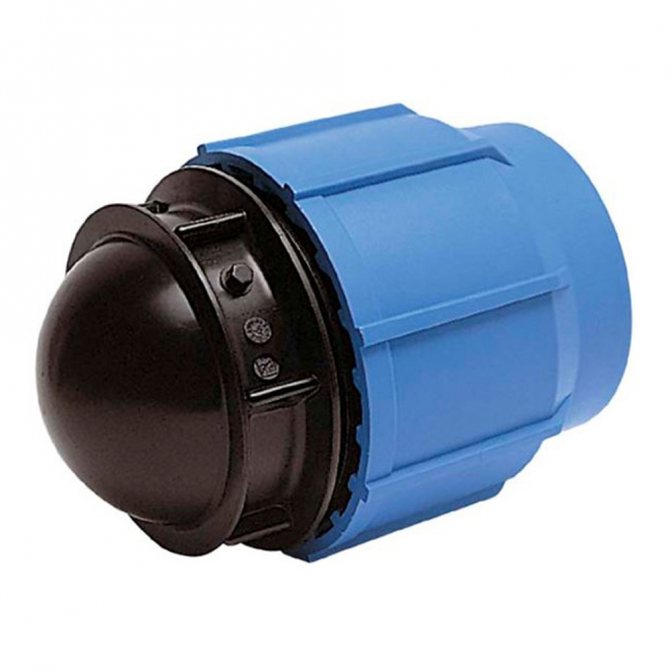

Pneumatic
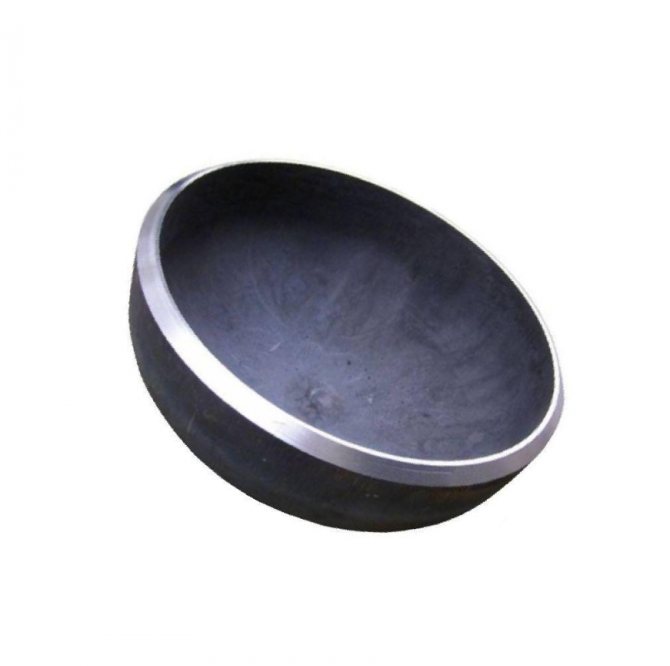

Elliptical
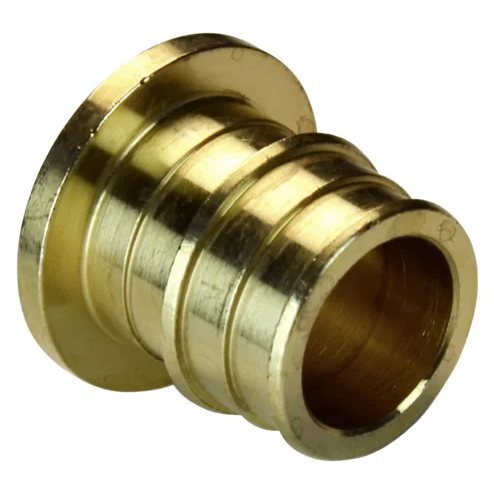

Flanged brass
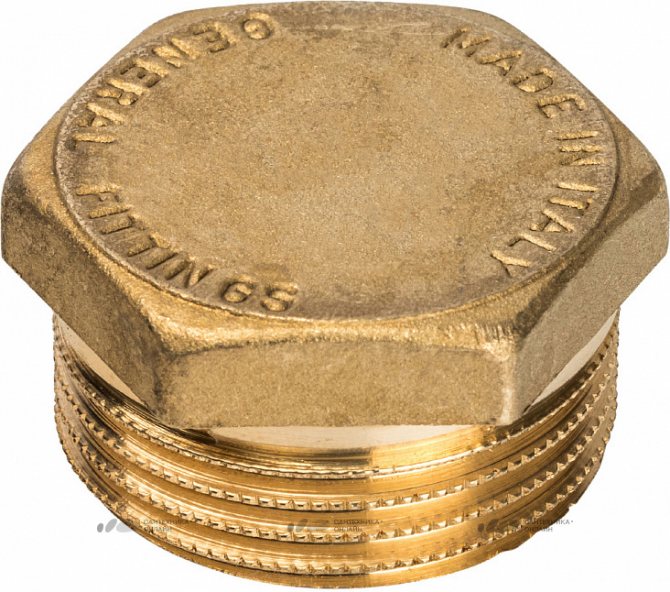

Threaded external
By the type of installation, all plumbing elements for muffling are divided into two types:
- Internal. They are mounted using special ribbed notches. The top of the fitting is covered with a cover.
- Outdoor. They work simultaneously as a decorative element and as a muffler.
There are types of plugs according to their purpose - end caps and shipping. The first ones jam a section of the system. The latter are used to protect the ends of the pipes during transportation. Their strength characteristics are seriously inferior to those of end caps.
Why install a plug on the sewer pipe
Pipe plugs have different functions.
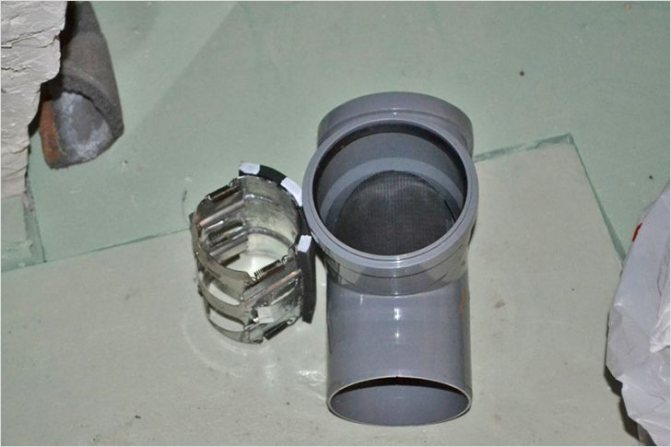

The purpose of the plugs depends on where they are located. Install such elements when assembling the system. They are required in the following cases:
- Installation of the system with a margin. In this case, we are talking about main pipes that drain sewage from the apartment. The architecture of the system can change even within the apartment. New devices, elements are connected to it, the configuration of pipes is changing. A simple example: installing a sewage system in an apartment. There is no washing machine in the bathroom at the moment, but it may appear later. A branch is made under the washing machine in the sewer pipe and a plug is attached to it. Until the device is attached, this thread will be closed. When it becomes necessary to connect a washing machine to the sewer, the plug can be removed.
- Construction of large highways with branches to new branches. Construction work is constantly underway in large cities. The number of houses is growing, but it is difficult to rebuild the sewage system for new buildings all the time. To do this, even during the installation of the sewer system, spare dead-end branches are created, on which plugs are attached. Their difference from household ones, which are used to change the sewer system within the same apartment, exclusively in large sizes. If necessary, remove it and connect the branch to the pipe system.
- Revision. The sewage system must function continuously. The problem is that sewage carries various impurities that can clog pipes. To eliminate blockages, access to various sections of the pipe is required. As access, blind bends are used, on which removable plugs are attached. If a blockage occurs, the plug can be removed, special tools can be brought into the branch, the pipe can be cleaned, and then put on again.
- Overlapping a specific branch. In those places where the main sewer pipelines branch into smaller ones, plugs are needed. They will be needed if you need to shut off the drains from individual parts of the system. For example, in the place where the pipeline from the apartment is connected to a common riser, a branch with a plug is required. In the event of an accident or repair work, plugs are installed and part of the system is turned off from functioning.
We recommend that you familiarize yourself with: Insulation for protecting pipes made of polyethylene foam (thermal insulation)
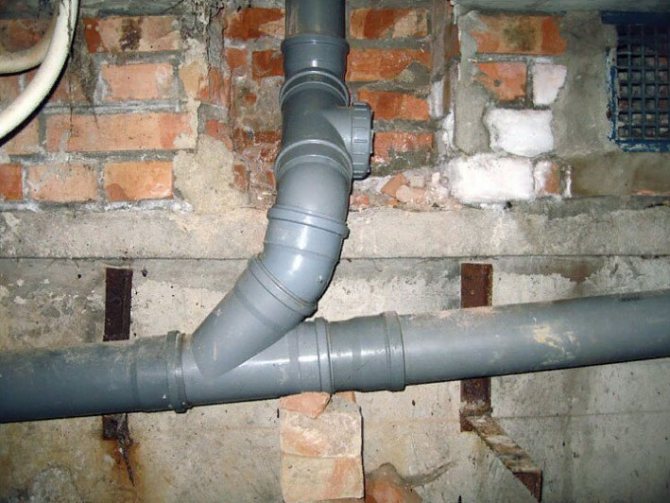

It is interesting! Utilities use special types of plugs to punish bad defaulters. Such plugs are inserted into the system at a distance from the apartment, and then fixed in the right place. Thus, only one apartment is turned off from the general sewage collection system.
Fitting selection criteria
The plug is chosen according to several parameters:
- Manufacturing material. As a rule, PVC fittings are used for metal-plastic pipes, polyethylene fittings for PET, and steel or brass fittings for metal. Rubber ones are used as temporary ones.
- Diameter, size and shape. Plugs with a cross-section must exactly match the parameters of the communication pipes. In addition, round fittings are used for round elements, and square fittings for profile ones.
- Appointment. For long-term sealing of the pipe, it is better to buy a threaded or elliptical fitting. If the plug is put on for a short time, it is better to take a flange plug. Moreover, it is not recommended to buy rubber and polymer plugs for the hot water system or heating pipes. They change their shape when exposed to high temperatures. As a result, a depressurization of the system may occur. Gas pipelines are not fitted with pneumatic or threaded plugs. It is better to use flanged ones here.
Decorative caps are made of PET in various shades. Color is added to the polymer at the casting stage. The fitting is painted over uniformly and over the entire thickness of the plastic.
Principles and features of mounting different types of plugs


When screwing in the plug, it is important not to rip off the thread.
The pipe muffler can be installed in different ways, depending on its design features. The following steps are taken:
- Screwing in. In this way, a threaded fitting is installed. Before installing it, you must use fum tape and sealant. They additionally protect the system from leakage. The tape is wound in a small layer on the outer part of the fitting and screwed on. The screw plug is screwed on by hand until it stops, but without excessive tension.
- Welding. Suitable when installing an elliptical element. It is possible to achieve complete tightness of communication. In this case, only a specialist should carry out the work. The welded plug is placed for a long period and is not suitable if any repair work is expected to be carried out in the near future on the communication section.
- Using bolts and nuts. This method is used to install a flange muffler. Before installation, place a seal between the fitting and the pipe. It, in turn, is selected in accordance with the permissible temperature indicators for a specific system and the pressure requirements in it.
- Air injection. The plug for the water supply can be delivered in several stages. Water is removed from the pipe, a hole is made in the desired section of the system, a fitting is inserted and air is injected into it. Expanding, the walls of the plug fit snugly against the inside of the pipe. Remove the pneumatic fitting at the end of the repair work. To do this, you just need to pump out the air from the rubber stopper and remove it.
Thanks to the huge assortment of stop fittings, it is possible to solve the issue of sealing the pipeline and the decorative appearance of profile tubes used as fence posts. It is only important to make the right choice.
When and why they are used
The need to muffle pipelines most often arises:
- when entering engineering communications into industrial and residential buildings to prevent foreign objects from entering the pipes. Of course, this is not always possible. The use of metal plugs for pipes will be justified if the arrangement of the wiring is not planned in the near future. But here, too, there is one nuance. If the sewer pipes must be muffled in any case, then it is allowed to install stop valves on the components of the water supply systems, including the end sections of the tees;
- when individual sections of the pipeline are dismantled. Installation of plugs for metal (steel) pipes will allow the disassembly of individual branches without interrupting the operation of the main lines.

